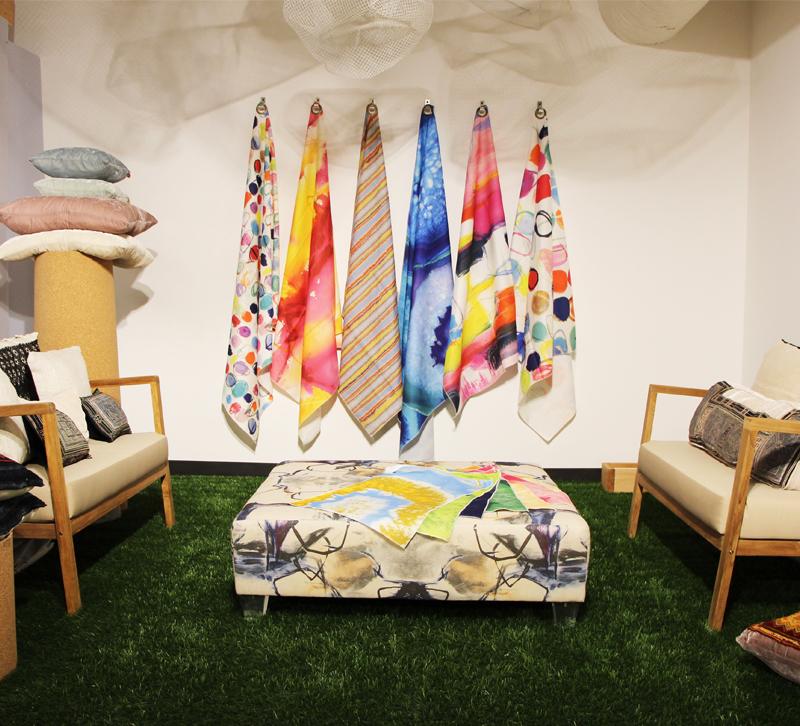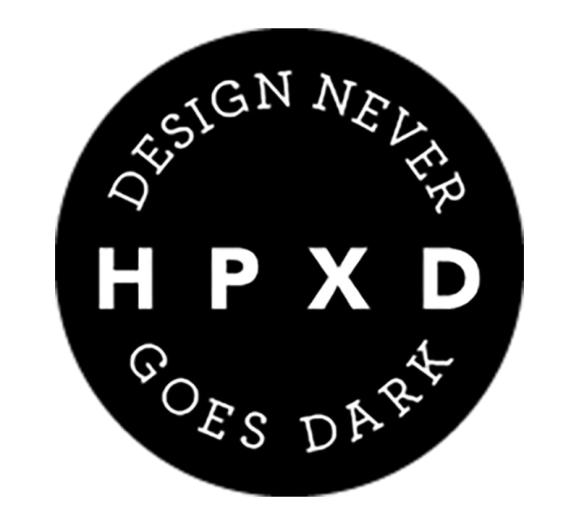In the home decor industry, colors and styles filter in and out every season, but most chandeliers, dining tables and mirrors at markets today function in the same general way they did 10, 20 and even 50 years ago.
Not at CUR8. Last June, this collaborative company brought smart, innovative and healthy products to the Dallas Market Center’s new Interior Home + Design Center. For the first time at market, lamps helped people find their phones, and coffee tables became living gardens.
“A lot of people are hungry for design that does more than look pretty,” co-founder Jasmine Jaco says.
Founded in 2016, CUR8 brings products and brands to interior designers and retailers through online channels and pop-up showrooms at markets. The company is commission-based and earns a percentage of the money made from products sold through their website or at markets.
CUR8’s founders, former retail consultant Jaco and designer Greg O’Neal, first connected in 2014 when O’Neal worked on the design of Jaco’s dream home in Austin, TX. Jaco envisioned a home filled with locally made, healthy and innovative products, but the two struggled to find such products.
“When you look at home goods — furniture and decor — you just don’t see that level of innovation yet,” Jaco says. “We believe it’s already coming and emerging, and we want to be on the cutting edge of that.”
All of the brands working with CUR8 make products that fall under one or more of CUR8’s pillars: smart, healthy and locally made. Smart represents internet-connected devices and materials that are innovative either in their design or use. Healthy refers not only to personal health, but to the health of the home and planet as well. Made locally emphasizes the belief that great products can be available to anyone, no matter where they are.
“It’s not just products made in the U.S.,” Jaco says. “It is that, but it’s also bringing visibility to and transparency to where product is designed and fabricated for people who share that value.”
Through this partnership, the philosophy for CUR8 took shape. Jaco and O’Neal began reaching out to local designers in Austin and traveling to trade shows such as Salone del Mobile in Milan and Wanted Design in Brooklyn, NY. They looked for products that benefited: benefited consumers, benefited workers by paying them fairly or benefited the planet by using recycled materials. During their travels, Jaco and O’Neal formed partnerships with the designers they liked.
But the goal of CUR8 was not only to supply the trade with products, but to also serve as an educational tool. Through its website, CUR8 shares the stories of the products featured and how those products make a difference, which is what Jaco feels is so vital for designers.
“It’s nontraditional in the sense that we for the most part don’t buy or hold inventory,” Jaco explains, “but we are creating what we think is an innovative assortment of beautiful, purposeful product for what is often a new buyer to the brand.”
As the company grows, Jaco plans to use the CUR8 website to help designers and retailers understand what’s next in design, beyond colors and styles. CUR8 will also have a showroom at October’s High Point Market, where the company hopes to showcase new collaborations with some of the companies it represents.
Above all, CUR8 hopes to epitomize what Jaco calls design activism: generate, motivate and inspire radical innovation through design to solve big, real problems.
“We want to raise awareness in the United States,” Jaco says, “and we want to encourage and enable more participation across design disciplines, but including interior design where I feel they’re under-represented.”
Pretty Smart Homes
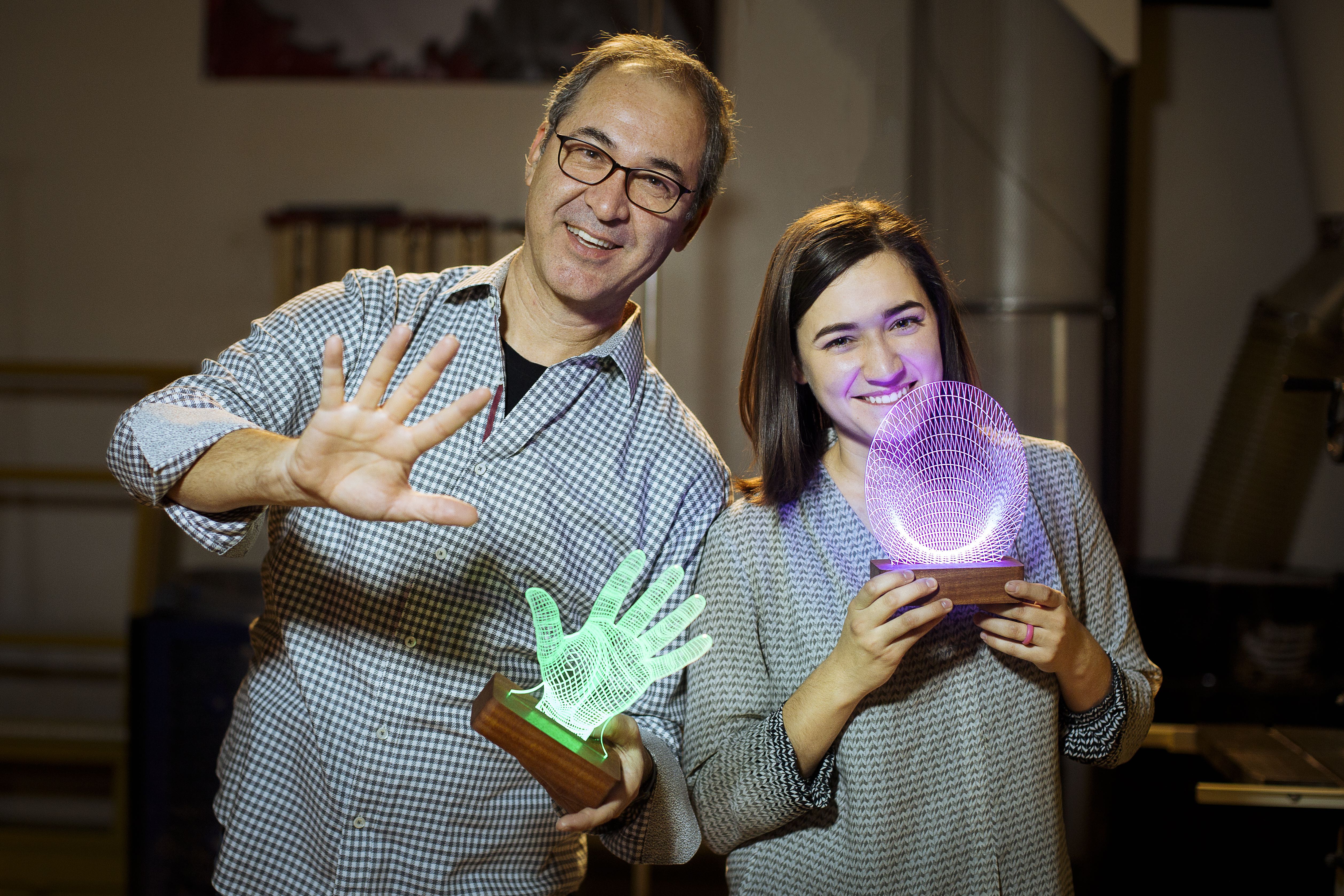
Founders: Antonio Rodriguez and Andrea Rust
Launched: June 2015
Location: Austin, TX
Pretty Smart Homes CDO Andrea Rust embodies the phrase, “If at first you don’t succeed, try again.” When she and her father, Antonio Rodriguez, launched a Kickstarter campaign to fund their smart lamp, they heard crickets. The campaign ultimately failed, but it taught Rust a valuable lesson in smart home marketing: Looking cool isn’t enough.
In June 2015, she and Rodriguez launched a second campaign with a new message, and from it, Pretty Smart Homes took off. The company produces a line of smart lamps that help people find lost phones, but more importantly, they act as a medical device for people who are deaf or hard of hearing, lighting up in different colors when a smart phone receives a call, text, email or social media notification. The lamps are also made of high-quality materials and are artfully designed.
Earlier this year, the CUR8 team approached them and offered to distribute their products, and through this partnership, the company has continued to thrive.
Lighting & Decor: How does your lamp help people who are deaf or hard of hearing?
Andrea Rust: My father is significantly hard of hearing so we were able to use his needs and his use cases to develop a product that did help others who were deaf or hard of hearing. I believe that this allows those who are deaf or hard of hearing to have a tool in their home that doesn’t look like a medical device. It still allows us to have the connectivity that most of us take for granted. It allows for more of a freedom from your smart device without having to compromise on decor in your home.
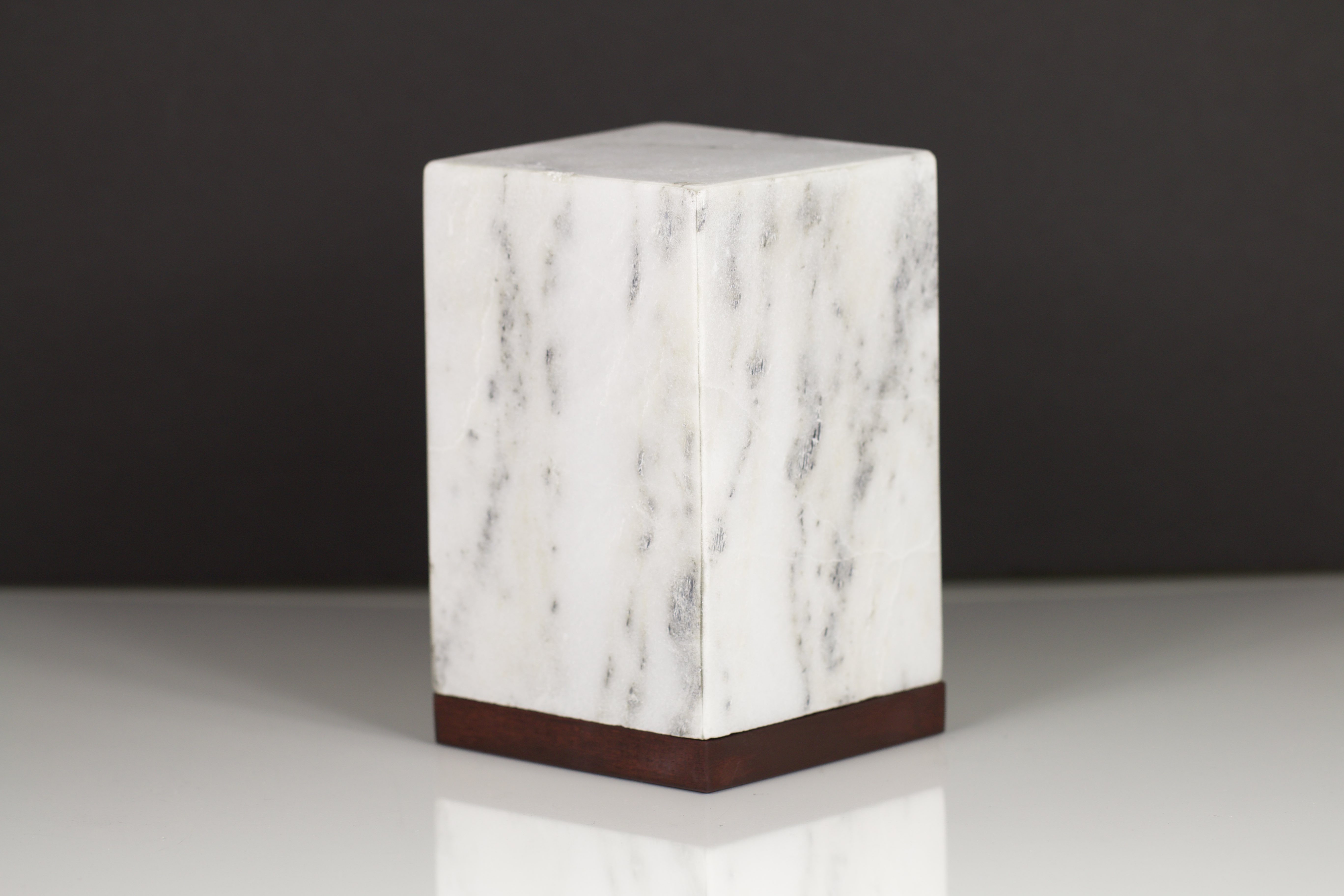
L&D: One of the biggest hurdles the smart home industry has to tackle right now is getting consumers to think about smart home products as investment-worthy products, not just as cool gadgets. Do you agree?
AR: I agree. What we struggled with in our initial Kickstarter was pinpointing one unique feature of our lamps that would make the consumer grasp the investment — it being a tool rather than a cool gadget. So on our Kickstarter, we focused on the Find Your Phone feature. The lamp has an accelerometer in it, which senses a motion that then detects it in a tap. So the lamp is able to take tap commands, which means that you don’t have to pull out your smart phone to give it commands. If you tap on it three times, it enables a feature called “Find My Phone,” which notifies your phone that it’s missing so it’ll start ringing and your flashlight will start flashing. So when we focused on that feature, people saw it first and foremost as a phone finder and were able to justify the price. When people stop seeing it as a plastic device, the investment makes more sense to them.
L&D: How do you think the industry could do a better job of educating consumers about smart home automation?
AR: I think the company that has best achieved this is Amazon in their how-to videos where it portrays the ideal smart home for the average user where you use Alexa to lock your front door or turn on your lights. I think when people start to understand automation as a whole and the advantages of having devices that integrate well with each other, the investment starts to make more sense.
L&D: What’s next for Pretty Smart Homes?
AR: We are in the works of integrating with Alexa, and we’re developing a skill that will allow voice commands for our lamps. We are developing furniture pieces, and all of the functionality that our lamp has will be available in our furniture pieces. So in the same way that our Alexa skill will control our lamp, we will also have furniture pieces that are voice-controlled via Alexa as well. We are working on side tables right now, and we’re hoping — fingers crossed — to have a prototype by September.
Articulture
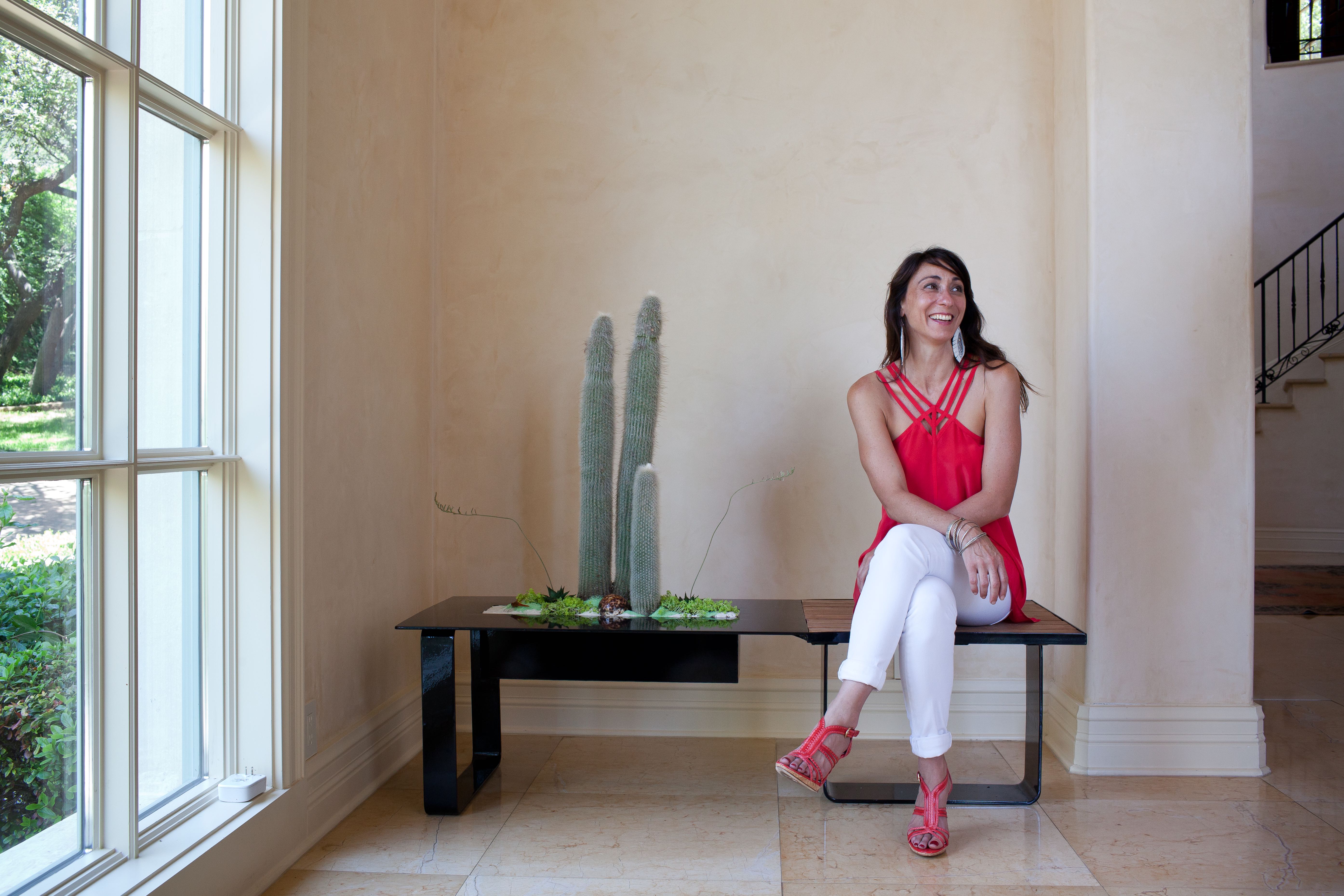
Founder: Monique Capanelli
Launched: Boutique opened January 2016
Location: Austin, TX
Articulturalist Monique Capanelli seems determined to erase her own carbon footprint — and maybe a few others while she’s at it. Owner of Articulture Designs and creator of the company’s living furniture and walls, Capanelli launched the company in 2009 as a by-appointment-only studio, but her business and green philosophy quickly caught on. In January 2016, Articulture expanded to become a studio, boutique and event space.
As her business grew, so did her commitment to going green. She and her staff reuse and recycle Styrofoam and rainwater. When hosting events, organics are composted, and compostable flatware and dinnerware is used when needed. The boutique’s “green wedding” service uses local fresh flowers in its floral arrangements.
One night, Capanelli hosted a cocktail event at her studio, and who should pop by but Jaco. Jaco knew Capanelli’s friends, and after looking at Capanelli’s pieces, Jaco pitched the idea of CUR8 to her. A partnership was born.
Lighting & Decor: How did you come up with the living furniture concept?
Monique Capanelli: I was challenged by “Where can we put plants?” We can put plants anywhere. I love the idea of it, and I love the surprise of it. It became interesting and the challenge of how to produce something that’s so functional on a daily basis, so utilitarian for us, became interesting. But how do we get something else out of [a table] without sacrificing that functionality? And so that spawned the idea of creating the pieces we’ve done so far.
L&D: As the green movement becomes more mainstream, how do you see its future?
MC: More stringent and client-demanded. I think that in the business practice alone, people are attracted to the fact that we operate on that [green] level whether or not that’s a part of their project. They know they can trust that that philosophy is put into action, and I think like-minded people know that it’s a bigger issue beyond a money trend. I think it’s something that is a contentious thing that needs to be brought into the now, and the wallet needs to speak to that. I’m passionate about that, and I’m passionate about educating my clients on what that means for them and not sacrificing design and necessarily the wallet always. It runs into different tributaries of design.
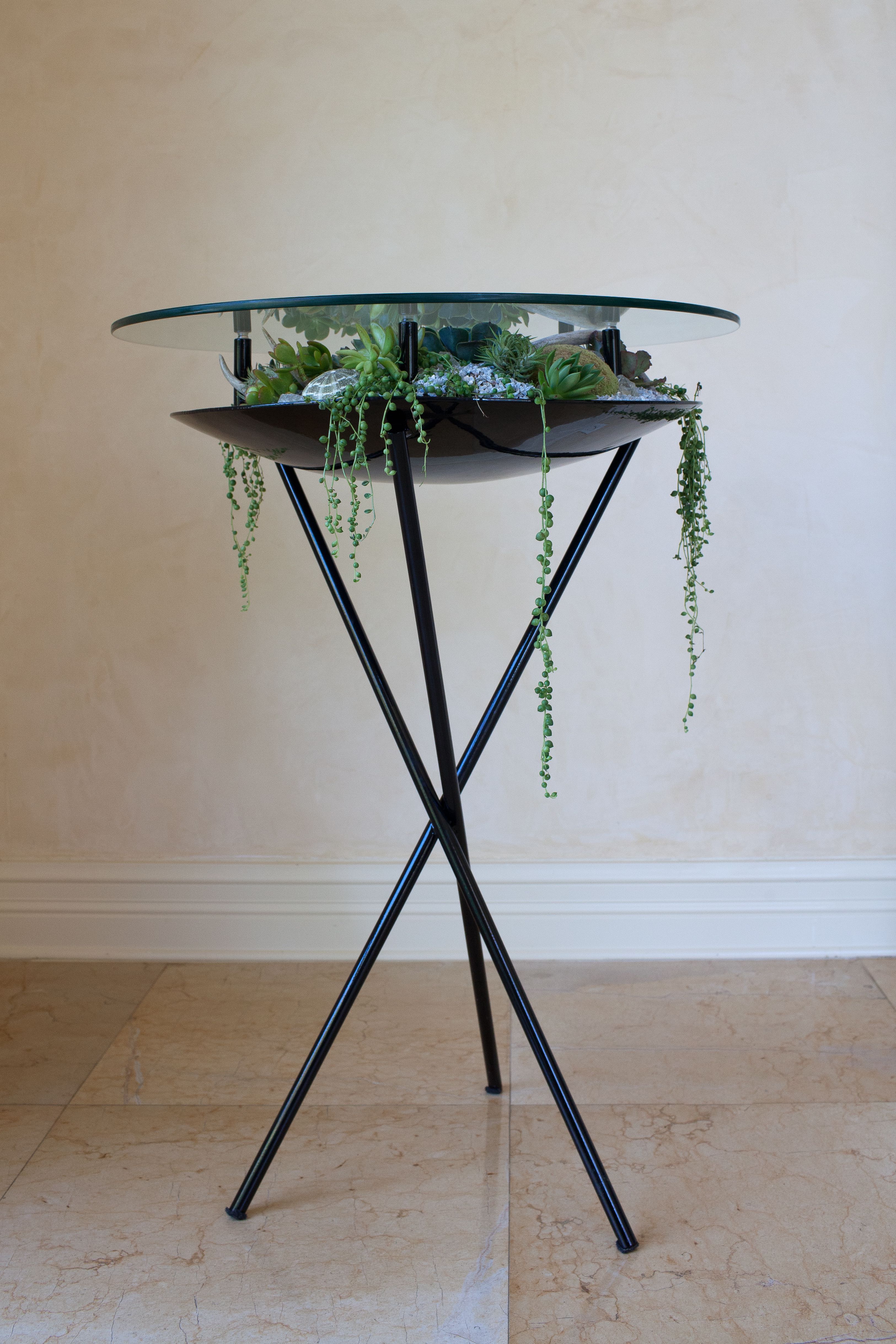
L&D: Some still resist the green movement and are skeptical of the need to go green at all. Why do you think this is, and how do you fight against it?
MC: I think the first thought is “Oh, it’s going to cost me more,” and that’s an unfortunate belief and perspective. It lends itself to so many different things into the economics. So you have supply and demand? Okay, more people are asking for it, and now we charge more. I don’t really believe in that.
I believe [going green] should be approachable. It doesn’t have to be more expensive, and a lot of times it isn’t. You’re using reclaimed materials. That does not have to be more expensive. Now the science? Somebody’s going to think that it’s not science. I don’t know what to say to those people.
L&D: How do you educate consumers on the true cost of going green?
MC: Giving them options on the design and the materials that they use. Showing the cost differences. Putting it out there, producing work that is a living example of it and how it’s done.
Lily Koi
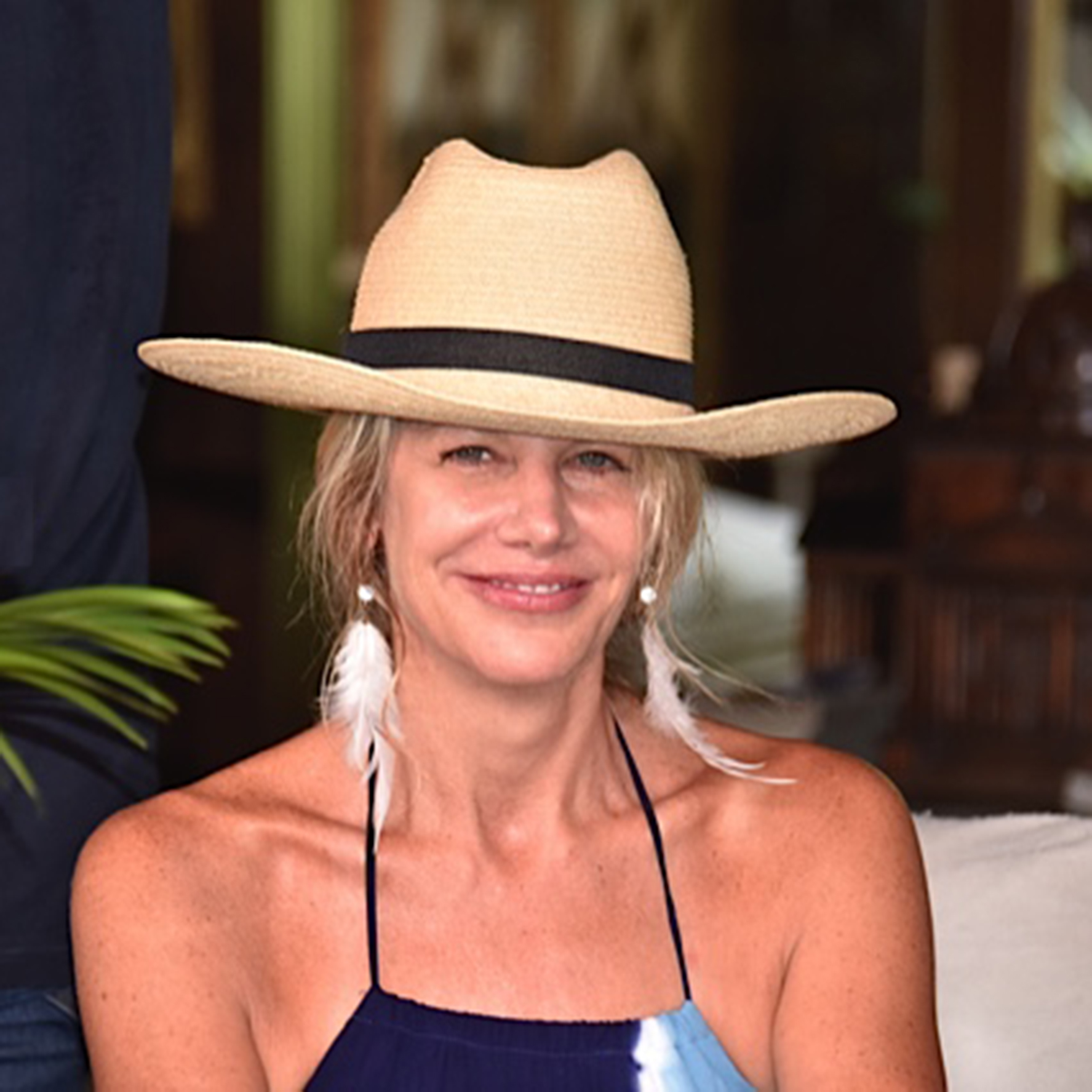
Founder: Jan Mirkin-Earley
Launched: 2014
Location: Saigon, Vietnam; Austin, TX
When Jan Mirkin-Earley saw a stunning piece of indigo hemp while at a tiny two-table restaurant in a remote Vietnam village, she couldn’t stop talking about it. For six months, she traveled through the mountains, looking for the source of the beautiful fabric and meeting people who told her the stories behind fabrics, patterns and styles.
Mirkin-Earley’s fabric collecting soon turned into Lily Koi, a soft goods company that produces pillows, throws and bags made from vintage Vietnamese fabrics. Mirkin-Earley employs women from rural Vietnam to do the sewing. Each piece comes with a card sharing the history and tradition of the fabric so its stories and those of the villages — their triumphs, their histories, their traditions, their cultures — remain preserved.
Lily Koi and CUR8’s partnership seemed inevitable. O’Neal and Mirkin-Earley’s husband had been long-time friends, and O’Neal connected Mirkin-Earley with Jaco. Jaco loved the pillows, and Mirkin-Earley appreciated CUR8’s philosophy and signed on.
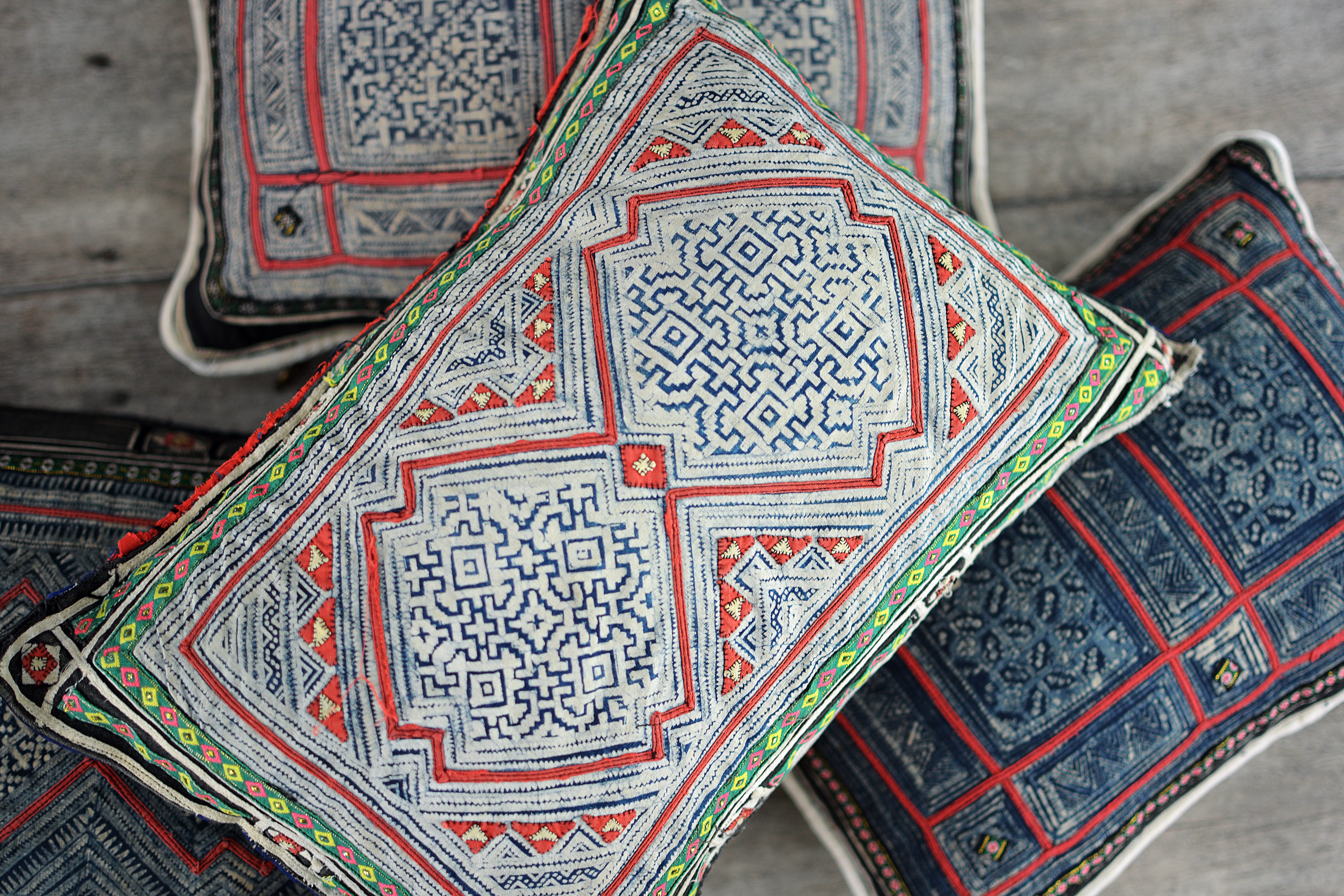

Lighting & Decor: After a sourcing trip to collect fabric, how does a pillow go from concept to home?
Jan Mirkin-Earley: What I find will be a combination of torn skirts, dirty blankets, baby carriers, things that are hand-embroidered — they’ll all have a quality. I’ll bring them home, and the very first thing I’ll do is clean everything by hand, and that process is painstaking because a lot of times these are very fragile fabrics, so you have to clean it and find out what’s useable.
When I have the useable pieces, if they already lend themselves to a pattern or look that I’m doing, I immediately make them into that. If it’s something new and I don’t have an idea, then I like to live with it until I get one. Once I come up with a design, I’m pretty much sewing the samples myself, and when I go into production, at that point my sewers take over.
L&D: Who are these sewers in Vietnam?
JME: The biggest group of sewers I have are what they like to be called “differently-abled.” It’s one of my proudest things that I do. I employ otherwise unemployable women in Vietnam. Some of them are mentally handicapped. Most of them are physically handicapped, but they don’t like being referred to as handicapped. They’re independent. They work from their homes at their own pace, and they’re really amazing, talented, lovely people to work with.
It’s so important to create a revenue stream for these small villages because with technology now reaching the far end, every nook and cranny of the earth, the kids are leaving the villages because there’s not enough money to be made in farming, and if it’s not making much money for them, then there’s no reason for them to stay.
L&D: With low-cost, low-quality furniture becoming popular, how do you get consumers to see the value, not just the price, in your products?
JME: I think it’s evident in the product. My stuff cannot be mass-produced. It’s hand-chosen and hand-washed, every piece. It’s not that I have a problem with expense at all, but I think the integrity and the quality of what you see in the uniqueness of the piece is evident.
I think people need things with meaning right now. I think people are really drawn to things that connect on a soulful level, whether conscious or unconscious. The affordable, cheap, mass-production piece is always going to have an appeal, and there’s a place for it. But discerning and able people are always going to be drawn to things that are not because you can’t get that quality under those mass-produced pieces.



